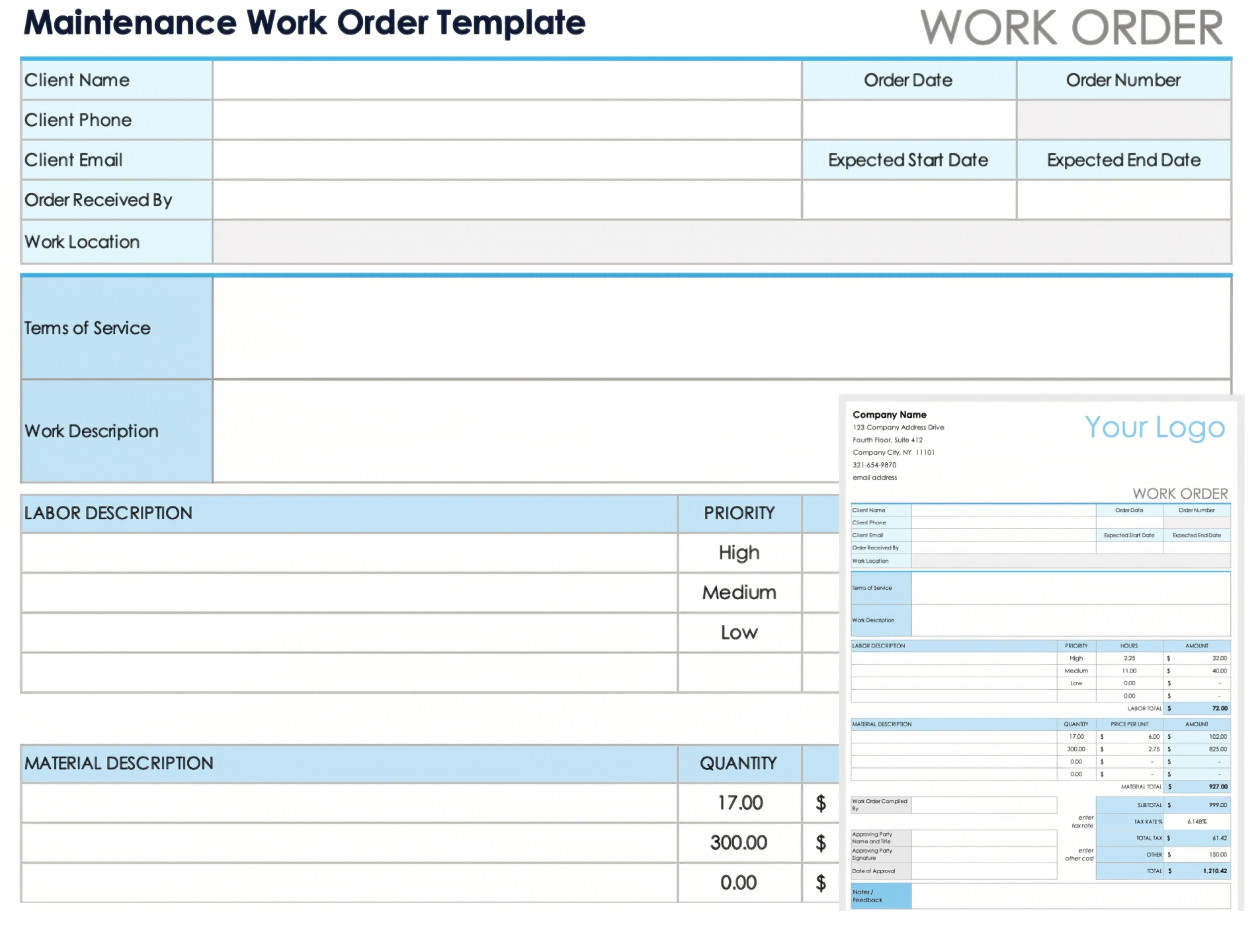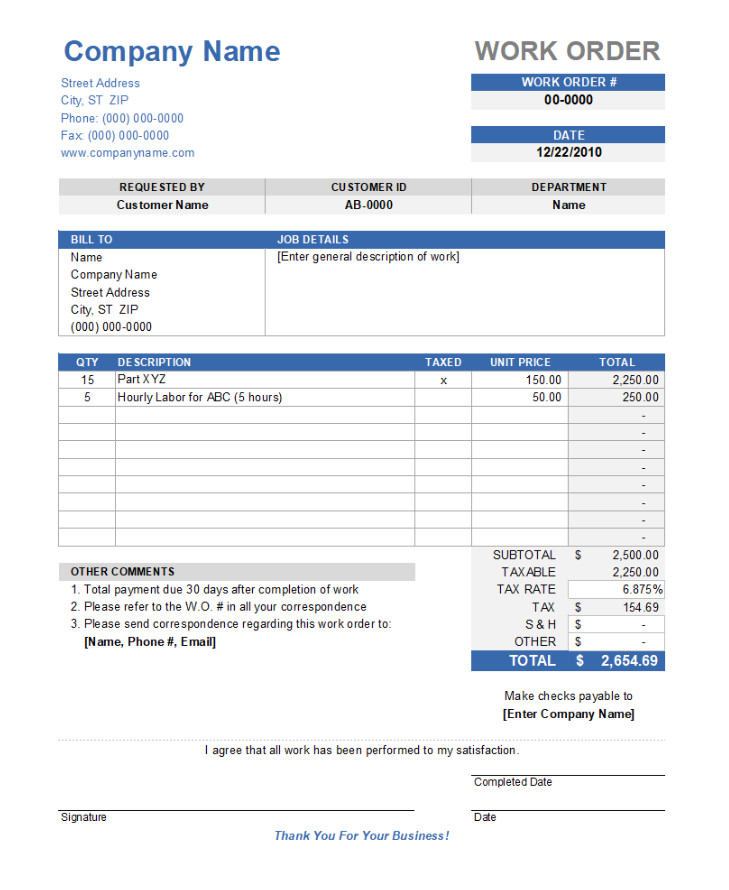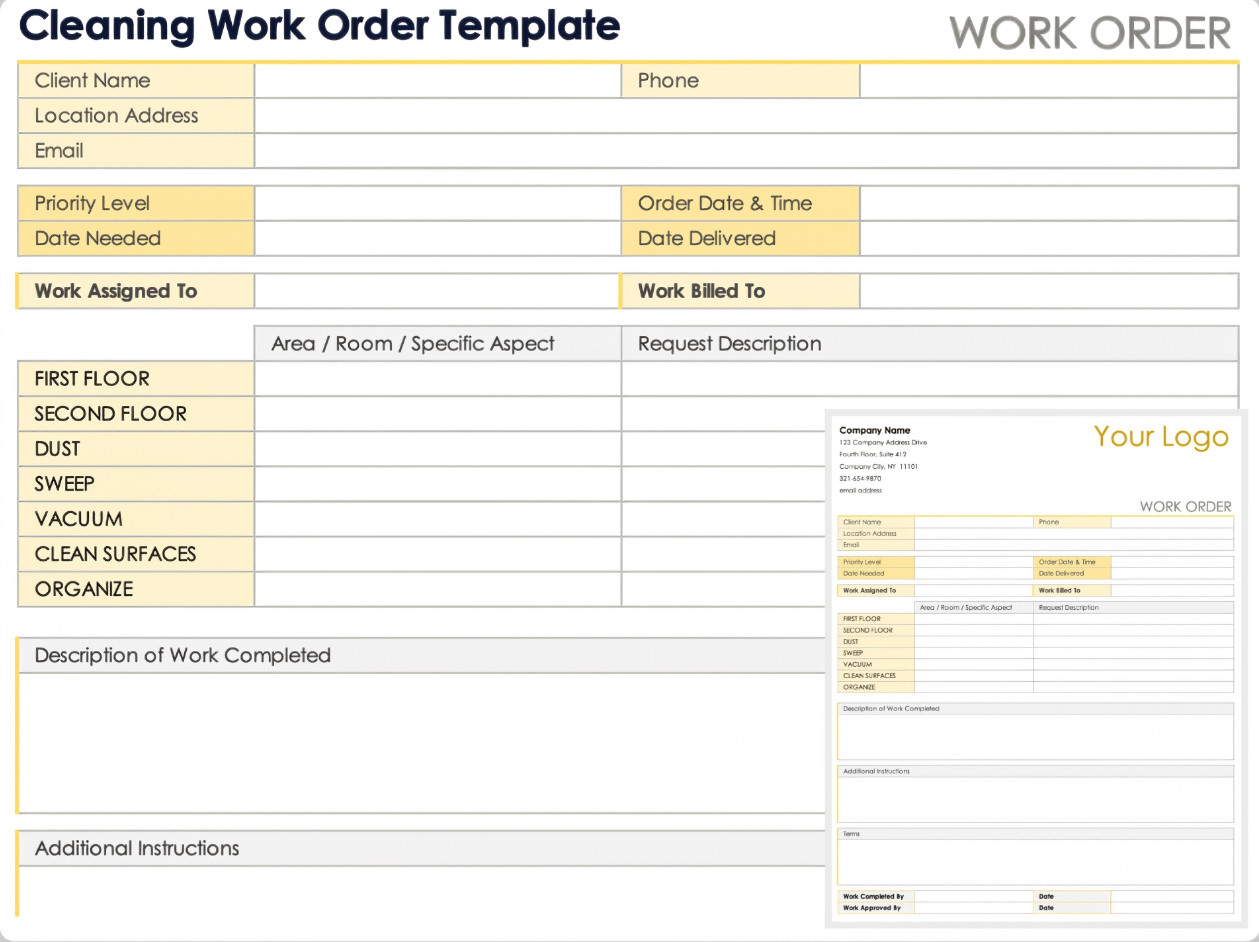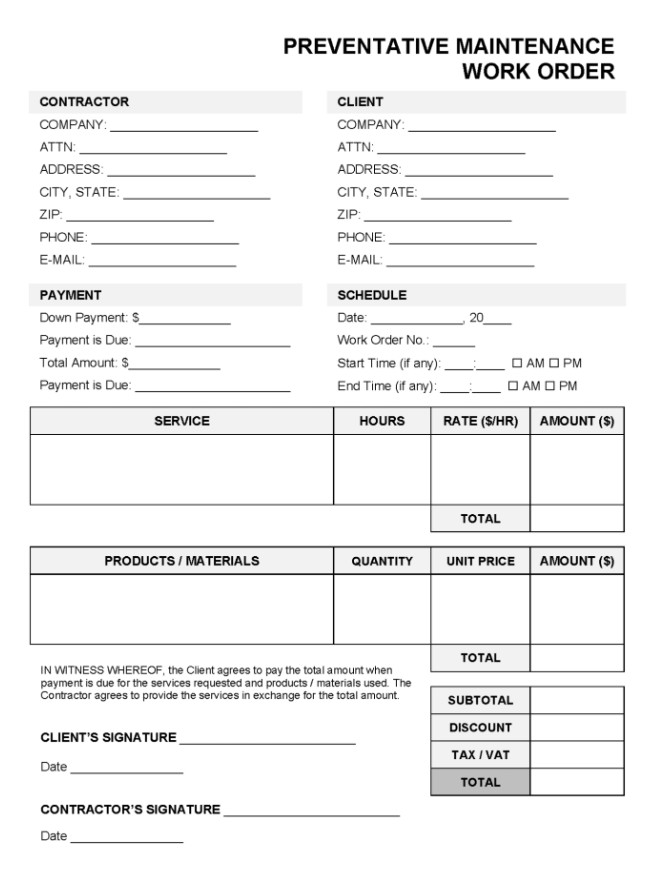
In the world of service management, service orders play a crucial role in documenting and managing specific service tasks. These orders serve as formal agreements between service providers and customers, outlining the details of the service to be provided, including its scope, location, time, and cost.
Service orders are essential for tracking work, planning resources, and allocating equipment, utilities, and workforce efficiently.
What is a Service Order?
A service order is a document used by service providers to formalize their agreement with customers regarding a specific service task. It includes all the essential details of the service, such as the scope of work, location, start and end times, and the overall cost.
Service orders are crucial for both parties as they provide a clear outline of expectations and help prevent misunderstandings or disputes.
Why Use Service Orders?
Service orders are essential for effective service management for several reasons:
– Legal Protection: Service orders serve as legally binding agreements between the service provider and the customer, protecting both parties in case of disputes.
– Clear Communication: By detailing all aspects of the service, including scope, cost, and timeline, service orders ensure clear communication and understanding.
– Efficient Planning: Service orders help service providers plan resources, allocate equipment, and schedule workforce effectively.
– Billing Accuracy: With all service details outlined in the order, billing becomes more accurate and transparent, reducing the risk of payment disputes.
How to Create a Service Order
Creating a service order involves several key steps to ensure all necessary information is included:
1. Identify the Service: Clearly define the scope of work to be provided and any specific requirements or preferences from the customer.
2. Set the Terms: Outline the terms of the service, including the location, date, start and end times, and any additional costs or fees.
3. Include Contact Information: Provide contact details for both the service provider and the customer for easy communication.
4. Signatures: Leave space for both parties to sign and date the service order, confirming their agreement to the terms.
Examples of Service Orders




Tips for Successful Service Orders
To ensure your service orders are effective and efficient, consider the following tips:
– Be Clear and Specific: Provide detailed information about the service to avoid misunderstandings.
– Include Terms and Conditions: Outline the terms of service, including cancellation policies and payment terms.
– Obtain Signatures: Require signatures from both parties to confirm agreement to the service terms.
– Keep Records: Maintain copies of all service orders for future reference and documentation.
– Update Regularly: Review and update service orders as needed to reflect any changes in service details or pricing.
Overall, service orders are essential tools for service providers to document, manage, and formalize their agreements with customers. By following best practices and including all necessary details, service orders can help streamline operations, improve communication, and ensure customer satisfaction.
Service Order Template – Download
- Going-Away Party Invitation Template - January 10, 2026
- Free Printable Goal Tracker Template - January 10, 2026
- Printable Girlfriend Application Form Template - January 10, 2026